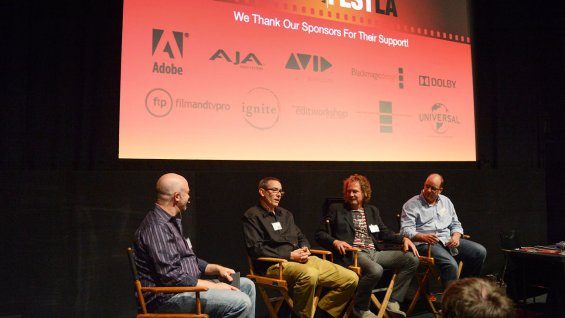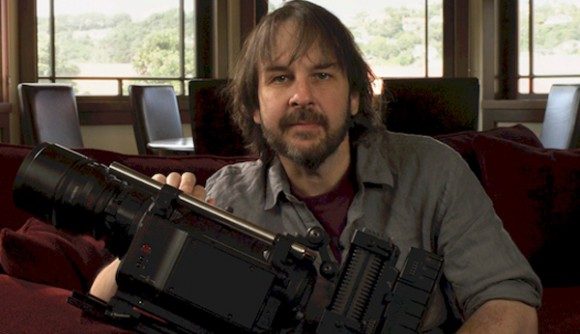3D has been fighting the perception that it’s a filmmaking gimmick for years now, but it’s been a hot button issue for at least the last five. Since James Cameron’s Avatar, one of the major issues has been one of post-conversion, or making a picture 3D after it’s already been shot in 2D. If you’ll remember just a month ago, Cameron attacked the industry’s propensity to use, or perhaps over-use 3D, especially in post-converting movies where it wasn’t part of the plan when the film was being shot. He claimed, perhaps rightly, it was being used as a tool to drive box office numbers rather than as a legitimate filmmaking method.
He’s got company, and not surprisingly it comes from the men and women who have to deal with implementing those 3D images. At American Cinema Editors’ Editfest LA this past weekend, a panel of several top industry editors, including Avatar editor Steven Rivkin, spoke about how the decision to use 3D should be part of the planning process, not something slapped on to a finished film. “It is very different to judge convergence out of context and it affects the editing. I spent four straight days resetting convergence on 2,200 shots [on The Wolverine],” said Michael McCusker, who was nominated for an Oscar in 2006 for his work on Walk the Line. Matt Chesse, who recently edited World War Z, a post-converted 3D project, also keyed on the point that he would have made different editorial decisions given the ability to see 3D footage. Rivkin was adamant that “3D should be as carefully worked out as any other part of the film,” and Chesse concurred. “It is about the intention and the art. [When used correctly] it can be transcendent,” Chesse said.
3D is a more ubiquitous technology at this point, thus the discussion, but the debates over its use also figure to inform the conversation over the 48 frames-per-second technology that Peter Jackson chose to use in shooting The Hobbit (another film shot in 3D rather than post-converted), a format which it has been rumored Cameron may use in his Avatar sequels. As many fans and critics pointed out, the higher frame rate affected the way props, makeup, and effects (both practical and CG) appeared on screen. The post-conversion debate isn’t so much an issue here, as a movie must be shot in the higher frame rate to be exhibited in that format (unlike 3D), but both issues reflect the evolving nature of filmmaking in a digital age.


